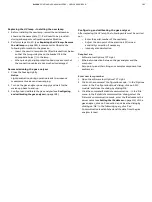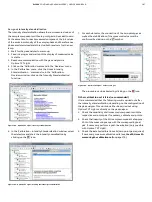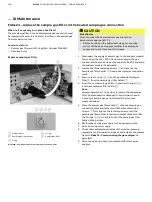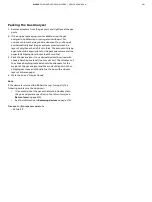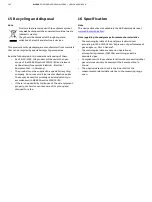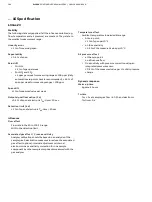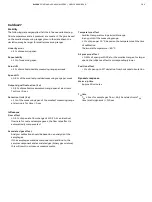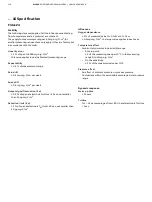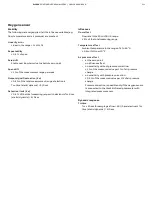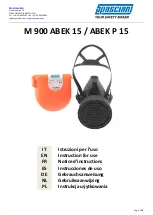
EL3000
CONTINUOUS GAS ANALYZERS | OI/EL3000-EN REV. D
199
Checking gas path leak tightness
When should gas paths be checked for leak tightness?
The leak tightness of the sample gas path should be checked on
a regular basis.
We recommend that you check the leak tightness of the sample
gas path prior to commissioning at the installation site, as it
may have been affected during transport of the gas analyzer
(for example, due to high vibrations).
The leak tightness of the sample gas path must always be
checked after the sample gas path has been opened inside the
gas analyzer.
Requisite Material
• Pressure gauge
• Hose, length approx. 1 m
• T-piece with stop cock
• Air or nitrogen
DANGER
Explosion hazard
Explosion hazard due to mixing of air and flammable sample
gas residues in the sample gas path.
• If the leak tightness test is to be carried out with air and
the sample gas or test gas is flammable, the sample gas
path must be rinsed with nitrogen beforehand!
• Otherwise the leak tightness test can be performed with
nitrogen.
Check leak tightness
1. Close off the sample gas output so it is gas-tight.
2. Connect the T-piece with stop cock to the sample gas inlet
with the hose.
3. Connect the free end of the T-piece to the pressure gauge.
4. Blow air or nitrogen through the stop cock until the sample
gas feed path is under a gauge pressure of approx. 50 hPa.
Maximum gauge pressure = 150 hPa.
5. Close the shut-off valve. The pressure should not change
measurably in 3 minutes. A sharp pressure drop is an
indication of a leak inside the sample gas path.
6. Repeat steps 1 to 5 for all sample gas paths in the gas
analyzer.
Important instructions for measuring
combustion gases
Measures to take after each opening of the gas paths within
the gas analyzer
• If the sample gas path inside the gas analyzer has been
opened, leak tightness should be checked afterwards with a
helium leak test for a leakage rate of < 2 × 10
–4
hPa l/s.
• As an alternative to the helium leak test, the pressure drop
method can be used, see Checking gas path leak tightness.
– For this purpose, a test pressure of pe ~ 400 hPa for a
test duration of 15 min should be applied.
Within this time, the pressure must not drop more than
1 hPa.
• Every time the sample gas path is opened, it needs to be pre-
rinsed before you power-up the power supply. That way, any
explosive gas/air mixture which might be present should be
removed.
– Purge gas: nitrogen
– Purge gas volume: 5 times the volume of the gas paths
– Purge gas flow rate: approx. 30 l/h
– Purge duration: at least 3 min
Important instructions for explosion-proof
design in degree of protection II 3G
Visual inspection
• If the viewing glass is damaged to the point that the IP65
housing protection is no longer met, the gas analyzer must
be decommissioned, secured against recommissioning and
repaired.
• If the housing is damaged by UV radiation to the point that
the housing protection IP 65 is no longer maintained, the gas
analyzer must decommissioned, secured against
recommissioning and repaired.
Replacing the battery
• The battery may only be replaced in a non-hazardous
atmosphere.
• This battery may only be replaced with the original battery
type:
– Varta CR 2032 type no. 6032 or
– Renata Type No. CR2032 MFR

